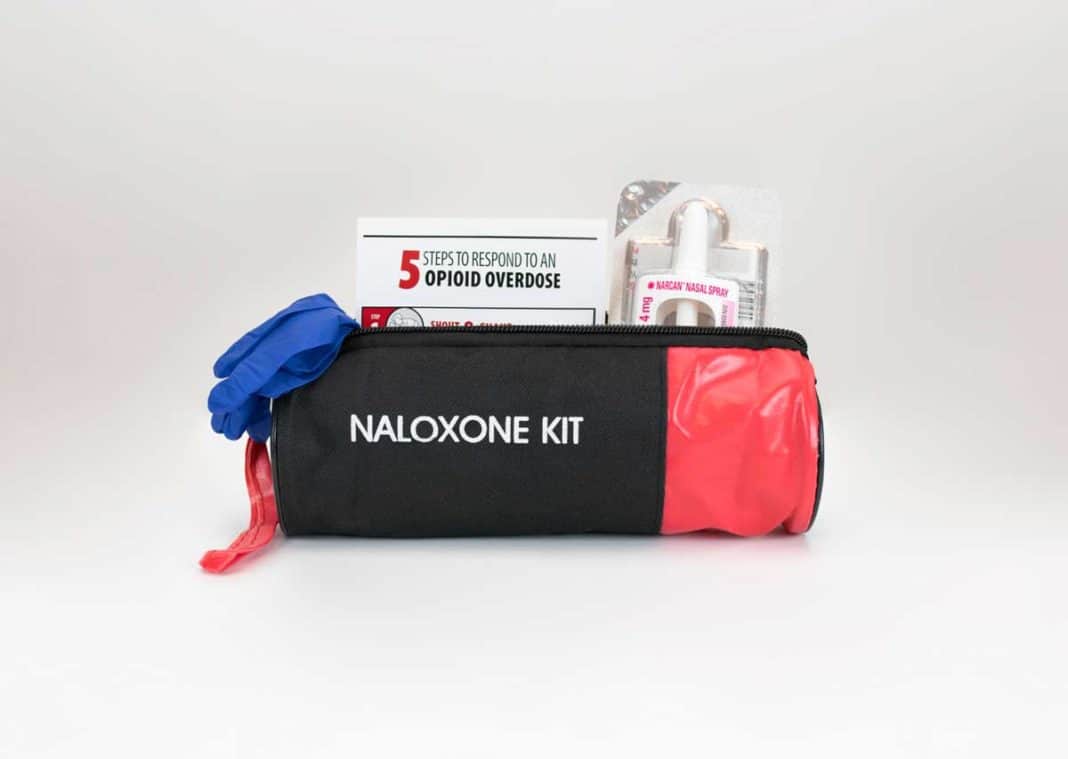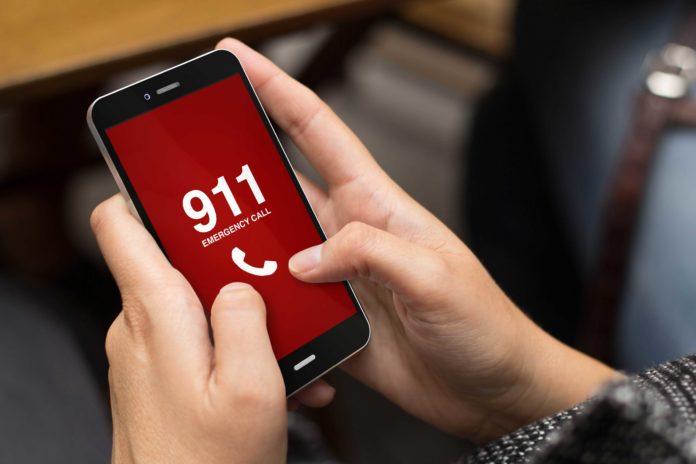August 31 is International Overdose Awareness Day. It’s a day to raise awareness about overdoses and to reduce stigma around drug and addiction related deaths. Overdoses can occur with the use of street drugs or prescribed medications, from alcohol to opioids. An accidental overdose can occur the first time someone uses drugs recreationally due to toxic supply, including the presence of fentanyl or other substances.
The opioid overdose crisis is the other pandemic. Opioid use and overdoses related to opioid use have increased during COVID-19. There is an estimated opioid related overdose death every 14 hours in Ontario. In Canada, 17 people die each day from opioid related overdoses.
In most cases, these deaths are avoidable.
Possible warning signs of an opioid or depressant overdose include unresponsiveness or unconsciousness, passing out or slumped posture, shallow or irregular breathing, slowed heart rate, choking or gurgling, purple lips, vomiting and seizures.
For amphetamines or stimulants, warning signs include headaches, chest pain, difficult breathing, seizures or uncontrolled movements, paranoia or panic, confusion, and tremors.
During an opioid overdose, a person’s breathing becomes dangerously slow, and then stops completely. With the opioid suppressing neurological signals, the heart rate slows down, too. This is a medical emergency. Administer Naloxone (free at Ontario pharmacies) and call 911.
Staying at the scene to help can save someone’s life. If you’ve taken drugs, or have some on you, you are protected from simple drug possession charges by the Good Samaritan Drug Overdose Act. This law applies to the person who seeks help and anyone else at the scene when help arrives.





